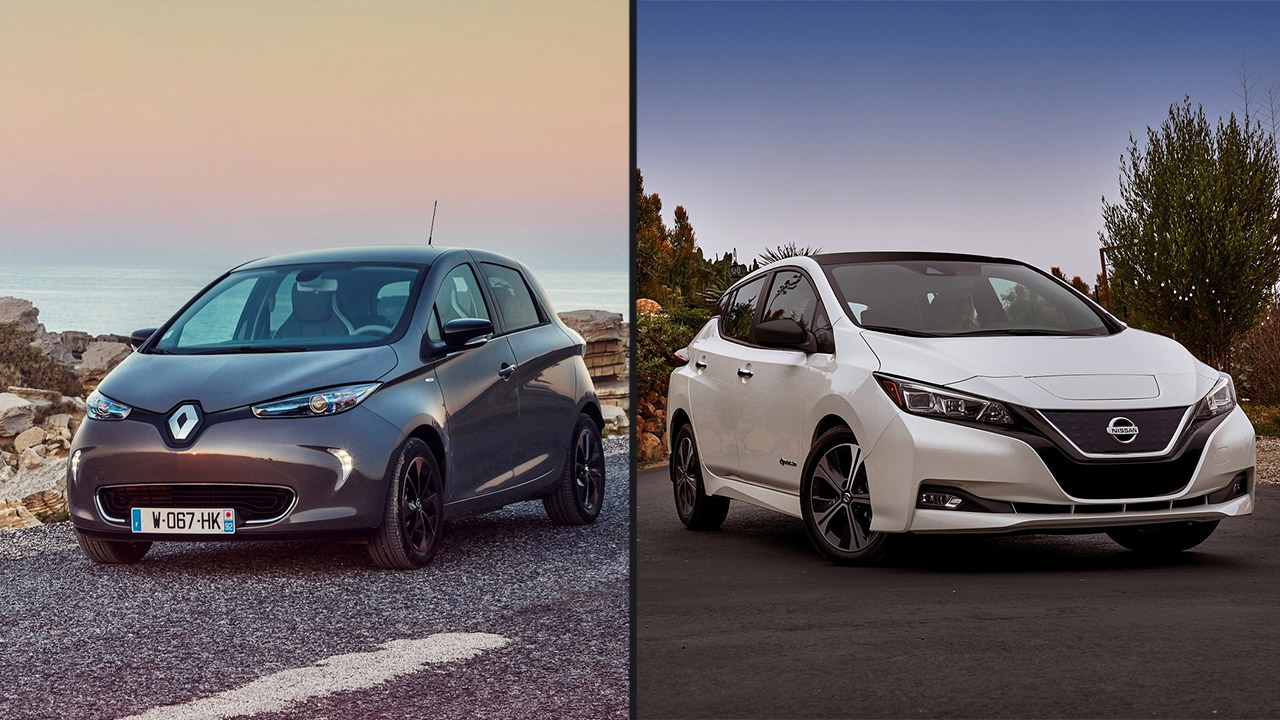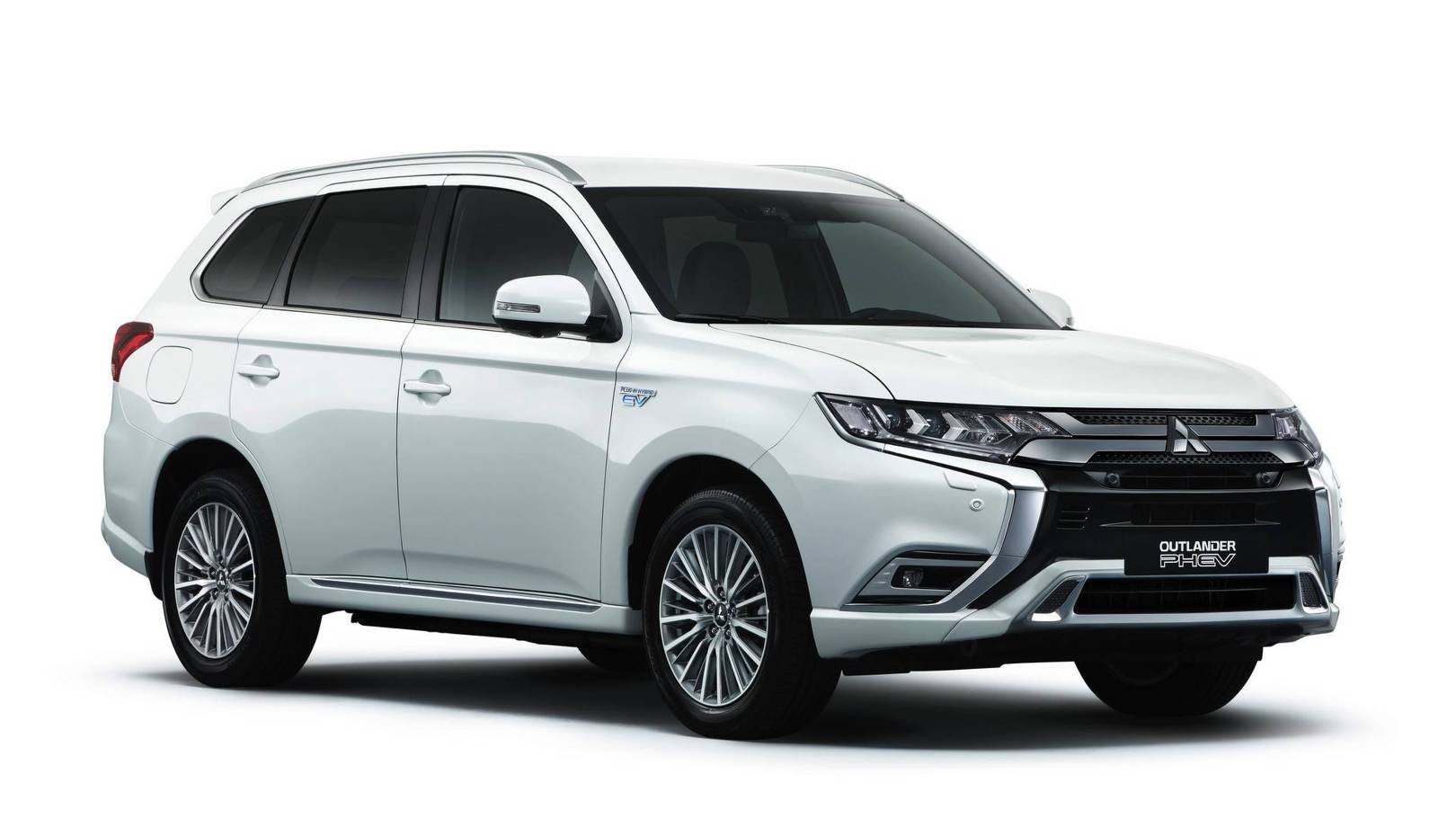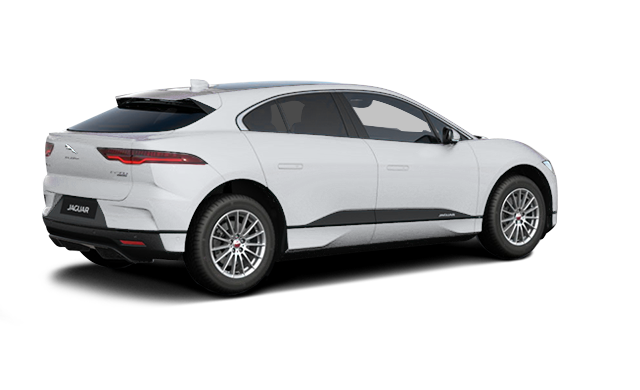
Renault Zoe wins in December, but Nissan Leaf takes
the 2018 title
The European passenger plug-in market ended the year on a positive note, registering a near record 40,500 units in December (+23% YoY), with the 2018 count ending at a record 386,000 deliveries, a 33% increase over 2017, while the 2018 market share ended at a record 2.5%, thanks to an impressive 3,9% performance in December.
But if overall, the numbers
seem to point to 2018 as more a year of Evolution, instead of Revolution,
separating the BEV/PHEV powertrains, there are seismic changes, as this year
the European market started to get off
the PHEV drug, as we can see on the breakdown between both technologies,
with all-electrics owning 66% of sales in December vs 51% in the whole year,
which in turn, it was the first time since 2014 that BEVs outsold PHEVs on a
yearly basis.
What happened for this change
to happen? While the introduction of new, longer range BEVs (Jaguar i-Pace,
Hyundai Kona EV…), and the production ramp up of popular models (Nissan, Leaf,
Renault Zoe, Hyundai Ioniq EV…) surely have helped, the major reason for it was
the fall from grace of plugin-hybrids, at the hands of the new, and more
demanding, WLTP emissions standard, that was put into practice in the second
half of the year, originating even the production stop of popular models, like
the VW Passat GTE, or its Golf GTE sibling.
And the growth rates of both
technologies translate the different realities, with BEVs prospering in 2018
(+48%), to close to 200,000 units, with December (+70%) precluding even faster
growth rates for 2019, as the market hit its second record month in a row in
the last month of the year, with 26,000 units, while on the other hand, PHEVs
grew 20% in 2018, but all thanks to the pre-WLTP sales rush, as every month
since then has seen shrinking sales, with December registering a steep 20%
drop, the largest since 2016,
Will PHEVs in Europe recover
sometime in the future, or are they going to be swallowed by the upcoming BEV
flood?
One thing is certain, BEVs
start 2019 with the upper hand.
But the PHEV debacle isn’t
equal across all brands, as some (BMW, Mitsubishi, Volvo…) did their homework
and continue to thrive under the new rules, leading to some brilliant
performances, in particular the #3 Mitsubishi Outlander PHEV.
In December, the top spots had
some changes, although none of the new faces (Jaguar i-Pace and Tesla Model S)
are not really a surprise, as both benefitted from the sales peak in The
Netherlands, and the Tesla is a regular here, thanks to the usual
last-month-of-quarter peaks.
The Renault Zoe ended the year
with another Monthly Best Seller trophy and yet another record score (how high
will it go?), while the remaining podium places went for the Nissan Leaf and
the evergreen Outlander PHEV.
Looking at the Monthly Models Ranking:

#1 Renault Zoe – The record 5,382 deliveries meant a 67% jump YoY
for the French hatchback, this positive score is the result of LG providing
more batteries to the French carmaker, thanks to the ramp up of its European
factory. Without the batteries bottleneck, we should finally see the real
demand for the Zoe. Regarding individual market performances, the domestic
market did the usual heavy lifting, by registering 2,558 units (+55% YoY), with
other significant numbers coming from Germany (944 units), Norway (327), and Sweden
(340 units, new record), making the Zoe a hot selling model, mostly thanks to
its unbeatable price vs range ratio.

#2 Nissan Leaf – Despite once again being
surpassed by its French cousin Renault Zoe, the Nissan Leaf continues to expand
its sales, by registering 3,604 units. Looking
in more detail at last month performance, the main market was, as usual, Norway
(719 deliveries), with France with 447 units, and Sweden (343), following it, while
in Spain (204 units), the Japanese hatchback had its second record month in a
row. Will this sales surge have some meaning in the future? #Brexit,
#Barcelona?

#3 Mitsubishi Outlander PHEV – Europe’s
favorite family/towing/winter plugin continues to profit from the specs update
(and lack of direct competition), with the Japanese SUV securing yet another
Best-Selling PHEV of the Month award and a podium presence in December, thanks
to 3,023 registrations, up 60%. The
plug-in SUV will continue to offer its unique mix of usable electric range, “affordable”
space, AWD and utility keeping it popular in markets like the UK, Norway or
Sweden.

#4 Jaguar i-Pace – We have a fresh face in
the Top 5, and a beautiful one, I might add, with the Jaguar i-Pace benefitting
from the production ramp up and the sales rush in The Netherlands, to reach a 4th
spot in Europe, thanks to 2,983
deliveries, a new record that should prove to be difficult to beat in the
near future (or maybe not, please Jaguar, prove me wrong!). Interestingly, The
Netherlands didn’t take all of the i-Pace production, as some crumbs were left for markets like Norway
(165 units) and the UK (105), what might already prelude the larger markets in
2019 for Jaguar’s innovative Sports-Crossover
Hatchback-Thingy, or, as it is now known among certain Jaguar dealerships: The Money-Making Machine.
#5 Tesla Model S – In a time when it’s all
“bla, bla, bla, Tesla Model 3, bla, bla,
bla”, the old geezer Model S
still showed it had a few tricks up its sleeve, thanks to 2,931 units being delivered, its best result in 3 years. Sure, most
of it (1,558 units, to be more precise), came from the sales rush in The
Netherlands, but numbers were also significant in Norway (600 units) and the UK
(230), so the question lies: Is this the swan song for the Model S in Europe,
or is there still any life in it, once the newer, cheaper, Model 3 lands?
 |
| Audi e-Tron: A future Best Seller? |
Nissan Leaf wins, barely
Looking at the 2018 ranking, there were a few last minute changes in December, if the top positions
remained stable, we start to see some movements in #9, with the Tesla Model X
benefitting from the last-month-of-quarter peak to jump two positions, while
both the Kia Niro PHEV and Hyundai Ioniq Electric climbed one position, to #13
and #14, respectively, highlighting one of the most recent trends in the
ranking: The rise of Korean models.
BMW also had
reasons to smile about, with the i3 and the 530e hitting record performances,
with the hot hatch delivering 2,536 units, while the sedan registered 2,022.
The BMW i3 performance is particularly interesting, as it is a car that has
been on the market since 2013, with no major changes, apart from the battery
size, which proves once again the formula: Bigger battery = Higher sales.
Looking at the
2018 podium, we can see that the Nissan Leaf managed to keep the lead over the
Renault Zoe and win the Best Seller title, but I suspect that if the year had
13 months, the French hatchback would be able to steal the trophy from the
Nissan model…Nevertheless, congrats to the Japanese hatchback, winning its
first European title since 2013.
The BMW i3 took
the Bronze Medal, but its expanding sales (+17% YoY) almost weren’t enough to
keep its place in the podium, as the currently faster-selling Mitsubishi
Outlander PHEV ended just 500 units behind. This could have been another case
of: “If the year had 13 months…”
Looking at some
sub-categories winners, the Mitsubishi Outlander PHEV was once again the Best
Selling plugin-hybrid, taking also the #1 SUV trophy, both Teslas took the Best
Selling large car/SUV titles, although the BMW 530e wasn’t that far from the
Model S, so the 2019 title edition might change hands, the Renault Zoe was the
#1 Small EV and finally, the BMW 225xe A. Tourer took the Best Selling MPV
title (well, it helps that it doesn’t have any real competition, right?), where
are the electric Renault Scenic’s? Or the Citroen C4 Picasso’s whatever it’s called these days?
Usually, this is a
Top 20, but this time i included the #21 Jaguar i-Pace in the tally, the
distance was so small regarding the #20 and its significance so big, that I
made an exception, allowing you to see here Jaguar’s Money-Maker. A sure presence in the 2019 Top 20, the question will
be: How high? Top 10?
Outside the Top 20
21 ranking, a reference to two just landed long-range Crossover BEVs, a type
that promises to be the new trend for 2019, the Audi e-Tron delivered close to
700 units in December, while the Kia Niro EV, or e-Niro, delivered over 300
units, no doubt still demonstration units, which should mean that both models
should be Top 20 presences and candidates for a Top 10 spot.
The Hyundai Kona
EV is (finally!) ramping up deliveries, crossing for the first time into the
four-digits, with 1,022 deliveries, as it prepares to satisfy a
10,000-something long waiting list.
Looking at the manufacturers
ranking, last year winner BMW (15%) repeated the win in 2018, while the
runner-up Volkswagen (12%), resisted to the advances of the #3 Nissan (11%) and
#4 Renault (10%), while Tesla (7%) won the race for the 5th spot against
Volvo, also with 7% share.
In the LCV
category, we had a positive year, with sales up 40%, to some 22,000 units,
leading to a record share of 1.0%, with the 2018 winner being, without
surprise, the Renault Kangoo ZE, with close to 8,500 units, double of what it
had last year (once again: larger 33 kWh battery = higher sales), with the
German StreetScooter (4,800 units, +18% YoY) repeating 2017’s #2 spot,
relegating the Nissan e-NV200 once again to #3, with 3,300 units.
Looking into 2019,
if the Best Seller title seems to be already reserved for the upcoming Tesla
Model 3, with some 120,000 deliveries, with the Nissan Leaf and Renault Zoe
running for Silver at around 80,000 units each, the interesting thing will be
to find who will be in the remaining 7 positions of the Top 10, as there will
be lots of new incumbents, trying to displace the current holders, so by
alphabetical order, here are the contestants: Audi e-Tron, Hyundai Kona BEV,
Hyundai Ioniq Electric, Jaguar i-Pace, Kia Niro EV and Mercedes EQC.
I wouldn’t also
exclude the possibility of the VW ID Neo to make a big splash in the last
months of the year and reach #10 in the last minutes of the game…


Do you think that M3 could really get 120K? I have heard, about 13k of actual orders for M3(PD and D version only)in Europe, which is not that much(just 1 month of production of 1 manufacturing line in Fremont). A number of preorders says an opposite, but many Europeans are likely waiting for standard range M3, which I suppose would not be available outside the US in 2019...
ReplyDeleteAlso, you predict the doubling of EU EV market in 2019? Is not that too optimistic, as in 2018 it grew just on 25%?
Do you think that Model X sales would go down, due to increased competition, at least in Europe, or market growth would make enough place for everyone?
And what about world batteries production - is it growing enough to sustain EV market growth?
There are 16.209 orders placed right now. It seems like a low number, but new orders will likely come in relatively fast when they start deliveries, so so people see them, then start offering test drives to non reservation holders, announcing the progress in retrofitting Superchargers with CCS... and so on. And the mid range version will sell a lot better, deliveries should start in May. SR I think will be available at the end of the year, even if in not huge numbers.
DeleteMaybe 120k is not certain but 100k surely is.
The reasons why i think sales will accelerate in 2019, have to do with the Tesla Model 3 introduction, this alone will add 100k units, but also the several new models that will land this year, or will have its first full sales year, that i have mentioned in the text.
DeleteAnd count in 2020 with yet another acceleration, as the VW ID, as well as others, land.
Overall, the numbers are very disappointing. By 2020 , the market is supposed to go to 1 mill in Germany alone. This seems to be completely out of reach. The premium segment is rising however extremely fast. I think as a first move, the premium segment will be conquered first. The mass market needs by far cheaper models.
ReplyDeleteThank you very much José for your impressing EV-reporting and analysis performance and support for 2018 and many years before. The national mass markets have started to slow down the sales of ‚normal‘ combustion cars. Potential car buyers are waiting for Tesla 3 which 2019 will bring the leading EVs and the mass market competitors under disruptive pressure. Tesla 5 and Renault K-ZE would be the urgently needed ressource efficiency transition of the allday mobility for everybody.
ReplyDelete